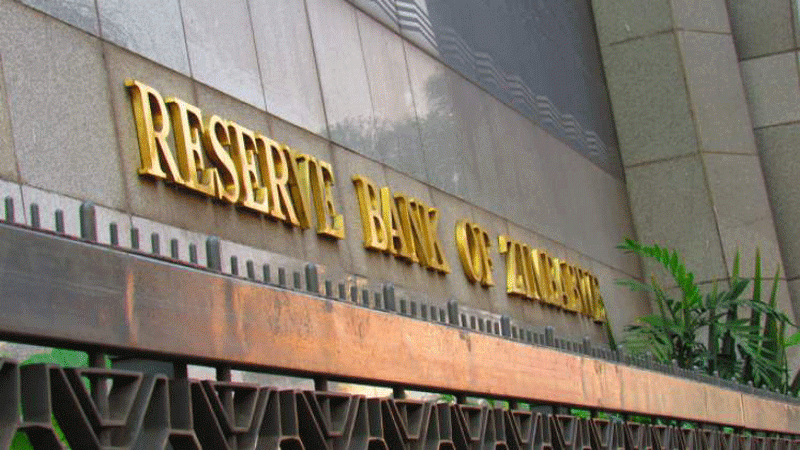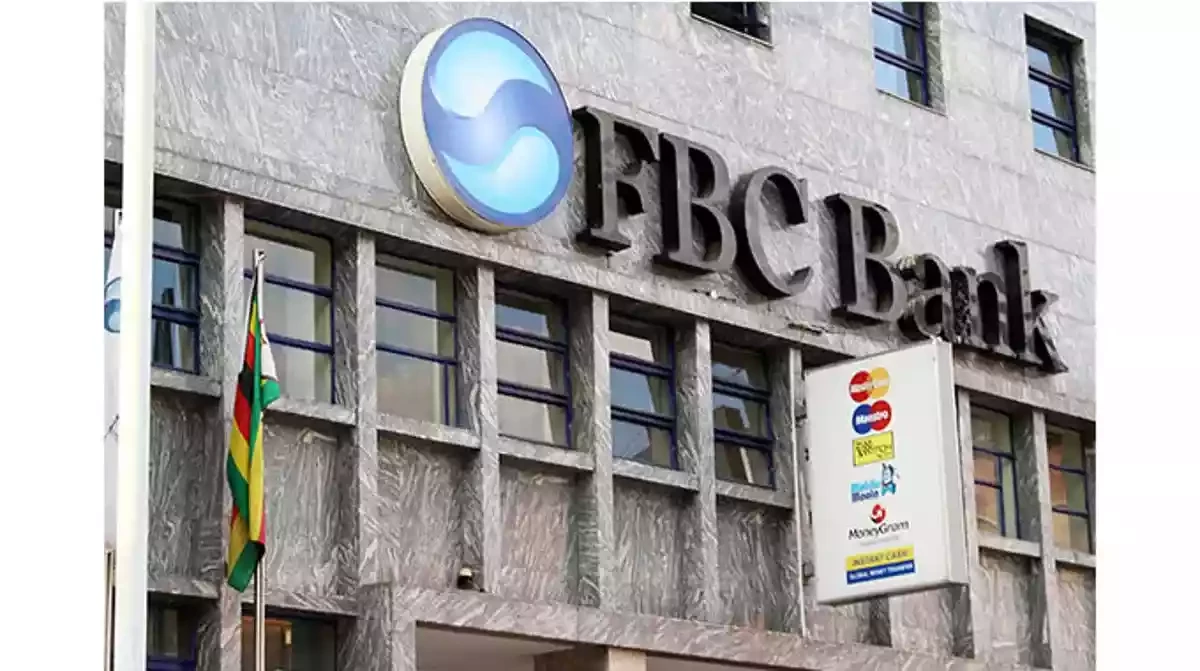
THE Reserve Bank of Zimbabwe (RBZ) has used its lender of last resort (LoLR) facility to bail out three distressed banks which had run out of liquidity following the steep depreciation of the local currency rate in June this year.
LoLR is a facility in which a central bank offers loans to banks or other eligible institutions experiencing financial difficulty, or considered highly risky or nearing collapse. It is one of the primary functions of a central bank.
The revelations about the three banks, who the RBZ did not name, have once again raised questions about the liquidity and capital levels in the banking sector.
In the 2023 mid-term monetary policy statement, RBZ governor John Mangudya said the three banks ran out of liquidity owing to a significant amount of money being taken out of the market to pay corporate taxes.
“The month of June 2023 saw significant depreciation of the exchange rate which coincided with the second quarterly payment date (QPD) for corporate taxes,” Mangudya said.
“Significant liquidity was withdrawn from the market through the QPD and most banks saw their liquidity levels dwindling, resulting in three banks approaching the bank for support through the lender of last resort facility. The outstanding amount under the LoLR facility was $32,5 billion as of 14 July 2023.”
Last month, actuarial data showed that most local banks had failed to remain adequately capitalised and were on very shaky ground.
Based on the report, the banks found to be in distress were AFC Commercial Bank, Metropolitan, POSB, ZB and the National Building Society.
- Zimbabwe needs to rethink economic policies
- Directors’ governance plan gets Central Bank nod
- Zimbabwe needs to rethink economic policies
- Directors’ governance plan gets Central Bank nod
Keep Reading
The banks operating in the grey (unstable) category were BancABC, First Capital Bank Zimbabwe Limited, CABS, CBZ, Ecobank, FBC, Nedbank Zimbabwe, NMB, Stanbic, Standard Chartered Bank Zimbabwe and Steward Bank.
Standard Chartered Bank Zimbabwe, a British bank, has since announced its intention to pull out of Zimbabwe.
The actuarial study based its report titled “Economic Capital as an Optimal Hedge against Bank Distress: Case of the Zimbabwean Banking Sector” on the banks’ economic, capital and credit ratings as determined by the Basel international banking standards.
Internationally, banks are now required to have specified leverage ratios and reserve capital on hand per the Basel III Capital Accord, an international regulatory standard created to limit risk within the international banking system. As of June, the banks were holding $2,68 trillion in Zimbabwe dollar deposits and another $11,63 trillion in foreign currency balances.
Further, most companies are reporting inability to access bank loans, the main source of income of banks, showing that the financial institutions are opting to keep the money instead.
However, the Bankers Association of Zimbabwe (Baz) told NewsDay Business recently that the sector was not having any liquidity challenges.
“Lending in USD is limited to what is available, considering that foreign currency is a scarce resource. Banks can only lend what is available, taking into consideration the ability to repay in foreign currency. Therefore, lending in forex is limited to those with the capacity to generate forex revenue,” Baz said.
“In terms of viability, the financial sector is safe and sound, as depicted by all the financial indicators as published in the 2023 monetary policy statement. The statement that foreign banks are not working well with local banks is not true.”











